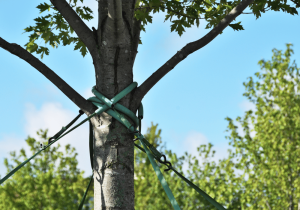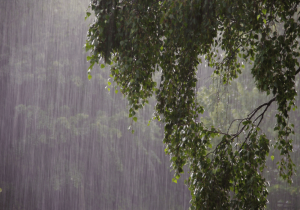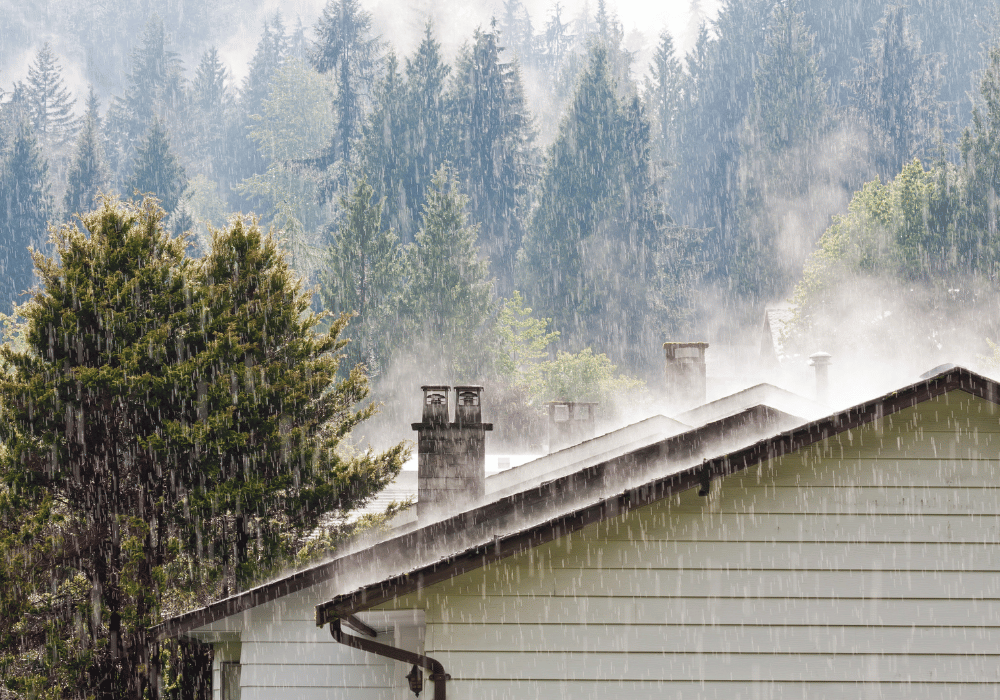When severe storms sweep through, trees are often left bearing the brunt of nature’s force. Broken limbs, uprooted trunks, and property damage are just some of the consequences of unmanaged tree risks. Tree bracing is a preventive solution that helps protect vulnerable trees from storm damage while ensuring the safety of the surrounding area. This blog explores how tree bracing works, its advantages, and why it’s a vital part of proactive tree care.
How Does Tree Bracing Work?
 Tree bracing is a structural support technique that reinforces weak or vulnerable parts of a tree to protect it from stress and damage during high winds, storms, or heavy loads like snow. The process typically involves the installation of cables, rods, or braces that redistribute the weight and mechanical stress of the tree’s branches or trunk.
Tree bracing is a structural support technique that reinforces weak or vulnerable parts of a tree to protect it from stress and damage during high winds, storms, or heavy loads like snow. The process typically involves the installation of cables, rods, or braces that redistribute the weight and mechanical stress of the tree’s branches or trunk.
The first step in tree bracing is identifying areas of weakness. Arborists carefully inspect trees to pinpoint structural vulnerabilities, such as split branches, narrow branch unions, or limbs with uneven weight distribution. Once these areas are identified, bracing hardware is strategically placed to provide support. For instance, cables are often installed in a tree’s upper canopy to stabilize large branches, while rods are used internally to secure cracks or splits in the trunk.
By reinforcing the tree’s structure, bracing mitigates the risk of failure during storms. The applied hardware essentially acts as a safety net, allowing the tree to sway naturally while limiting excessive movement that could lead to breakage.
The Benefits of Tree Bracing
Tree bracing offers numerous benefits, not only for the health of trees but also for the safety of properties and residents. One of the primary benefits of tree bracing is the prevention of broken limbs and trunk splits. Trees with structural weaknesses are more likely to suffer damage during storms, but bracing redistributes the stress, reducing the likelihood of branches breaking off or the trunk splitting. For homeowners, this means fewer emergency tree removals and less repair work after inclement weather.
Weak or damaged trees are often removed as a safety precaution, but bracing can extend their lifespan. By supporting vulnerable areas and preventing further injury, bracing allows trees to heal naturally while remaining structurally sound. This is particularly important for mature or historically significant trees, where preservation is the goal.
Trees that are at risk of falling limbs or trunk failure pose significant safety hazards. Falling branches can damage roofs, vehicles, and other structures—or worse, harm people. Tree bracing mitigates these risks by stabilizing vulnerable areas, offering peace of mind to property owners during stormy seasons.
Why Tree Bracing is a Proactive Approach
Tree care often comes down to being reactive or proactive. Waiting until storm damage occurs can lead to expensive emergency services and irreversible loss of trees. Proactive solutions like tree bracing not only prevent damage but also save time, money, and resources in the long run.
While there is an upfront cost to tree bracing, the long-term savings are significant. Addressing structural weaknesses before storms strike minimizes the need for expensive post-storm tree removal, property repairs, or damage remediation. Investing in bracing is ultimately more cost-effective than dealing with the aftermath of a fallen tree.
Tree bracing aligns with sustainable practices by preserving trees that might otherwise be removed due to structural concerns. Retaining established trees contributes to environmental health, providing benefits like shade, air purification, and habitat for wildlife. Proactive bracing ensures these ecological assets remain intact and functional.
Storms can be unpredictable, but proper preparation through tree bracing gives homeowners and property managers confidence in their landscape’s stability. Knowing that vulnerable trees are supported reduces anxiety and ensures that outdoor spaces remain safe and functional year-round.
Signs That Your Tree Might Need Bracing
 Not all trees require bracing, but certain conditions make it a necessary intervention. If you notice any of the following issues, consult a certified arborist to assess whether tree bracing could benefit your property.
Not all trees require bracing, but certain conditions make it a necessary intervention. If you notice any of the following issues, consult a certified arborist to assess whether tree bracing could benefit your property.
- Cracks in the Trunk or Major Branches: Visible splits or cracks in a tree’s structure are clear signs that additional support is needed. Bracing can prevent these vulnerabilities from worsening.
- Unusually Heavy Branches: Overgrown or asymmetrical branch growth can put excess strain on a tree, making it more susceptible to snapping.
- Narrow Crotches: A narrow, V-shaped union where two branches meet is weaker than a U-shaped union. This can lead to splitting under pressure.
- Trees with Past Storm Damage: If a tree has previously sustained storm damage, it may have lingering weaknesses that require reinforcement.
Being proactive about addressing these warning signs ensures that trees remain strong and stable, regardless of weather conditions.
Tree Bracing vs. Tree Removal
Tree bracing and tree removal are often considered in tandem when dealing with compromised trees. While tree removal is sometimes necessary—particularly if a tree poses a direct threat to safety—bracing offers a more conservation-focused alternative.
Bracing is a better solution when the tree still has significant health and contributes value to the property. By reinforcing its structure, bracing eliminates risks without the need for drastic removal. However, in cases where a tree’s health has severely declined or structural integrity is no longer viable, removal may be the safer choice. Consulting with an experienced arborist is the best way to determine the most appropriate course of action.
Tree bracing is a smart, proactive solution for preventing storm damage and preserving the health and safety of your trees. By reinforcing vulnerable areas, bracing protects trees from breakage, extends their lifespan, and reduces the risks posed to your property during severe weather. At Brockley Tree, we specialize in proactive tree care, including expert tree bracing services tailored to meet your property’s needs. If you’re concerned about the stability of your trees or want to prepare for the next storm season, contact our team today to schedule an evaluation. Together, we can ensure your trees remain strong, healthy, and safe for years to come.

